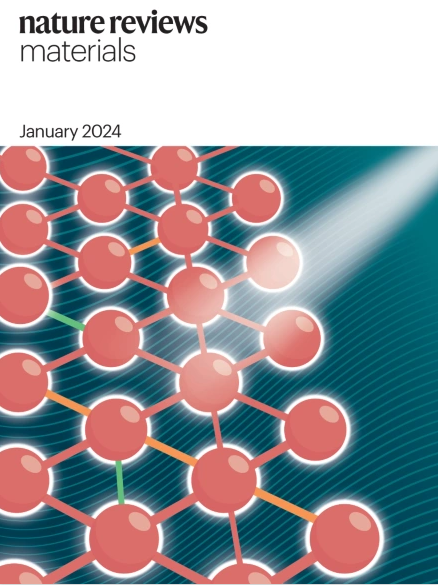Resilience pathways for halide perovskite photovoltaics under temperature cycling
IF 86.2
1区 材料科学
Q1 MATERIALS SCIENCE, MULTIDISCIPLINARY
引用次数: 0
Abstract
Metal-halide perovskite solar cells have achieved power conversion efficiencies comparable to those of silicon photovoltaic (PV) devices, approaching 27% for single-junction devices. The durability of the devices, however, lags far behind their performance. Their practical implementation implies the subjection of the material and devices to temperature cycles of varying intensity, driven by diurnal cycles or geographical characteristics. Thus, it is vital to develop devices that are resilient to temperature cycling. This Perspective analyses the behaviour of perovskite devices under temperature cycling. We discuss the crystallographic structural evolution of the perovskite layer, reactions and/or interactions among stacked layers, PV properties and photocatalysed thermal reactions. We highlight effective strategies for improving stability under temperature cycling, such as enhancing material crystallinity or relieving interlayer thermal stress using buffer layers. Additionally, we outline existing standards and protocols for temperature cycling testing and we propose a unified approach that could facilitate valuable cross-study comparisons among scientific and industrial research laboratories. Finally, we share our outlook on strategies to develop perovskite PV devices with exceptional real-world operating stability. Device resilience under temperature cycling is critical for the practical implementation of perovskite photovoltaics. This Perspective highlights how stability evolves with thermal cycling, emphasizing the need for adequate protocols and a deeper understanding of the material and interface changes.


温度循环下卤化物钙钛矿光伏电池的回弹途径
金属卤化物钙钛矿太阳能电池已经实现了与硅光伏(PV)设备相当的功率转换效率,在单结设备中接近27%。然而,这些设备的耐用性远远落后于它们的性能。它们的实际实施意味着材料和设备受制于不同强度的温度循环,由昼夜周期或地理特征驱动。因此,开发能够适应温度循环的设备至关重要。本展望分析了钙钛矿器件在温度循环下的行为。我们讨论了钙钛矿层的晶体结构演变,堆叠层之间的反应和/或相互作用,PV性质和光催化热反应。我们强调了在温度循环下提高稳定性的有效策略,例如提高材料结晶度或使用缓冲层来缓解层间热应力。此外,我们概述了温度循环测试的现有标准和协议,并提出了一种统一的方法,可以促进科学和工业研究实验室之间有价值的交叉研究比较。最后,我们分享了我们对开发具有卓越实际运行稳定性的钙钛矿光伏器件的策略的展望。
本文章由计算机程序翻译,如有差异,请以英文原文为准。
求助全文
约1分钟内获得全文
求助全文
来源期刊

Nature Reviews Materials
Materials Science-Biomaterials
CiteScore
119.40
自引率
0.40%
发文量
107
期刊介绍:
Nature Reviews Materials is an online-only journal that is published weekly. It covers a wide range of scientific disciplines within materials science. The journal includes Reviews, Perspectives, and Comments.
Nature Reviews Materials focuses on various aspects of materials science, including the making, measuring, modelling, and manufacturing of materials. It examines the entire process of materials science, from laboratory discovery to the development of functional devices.
 求助内容:
求助内容: 应助结果提醒方式:
应助结果提醒方式:


